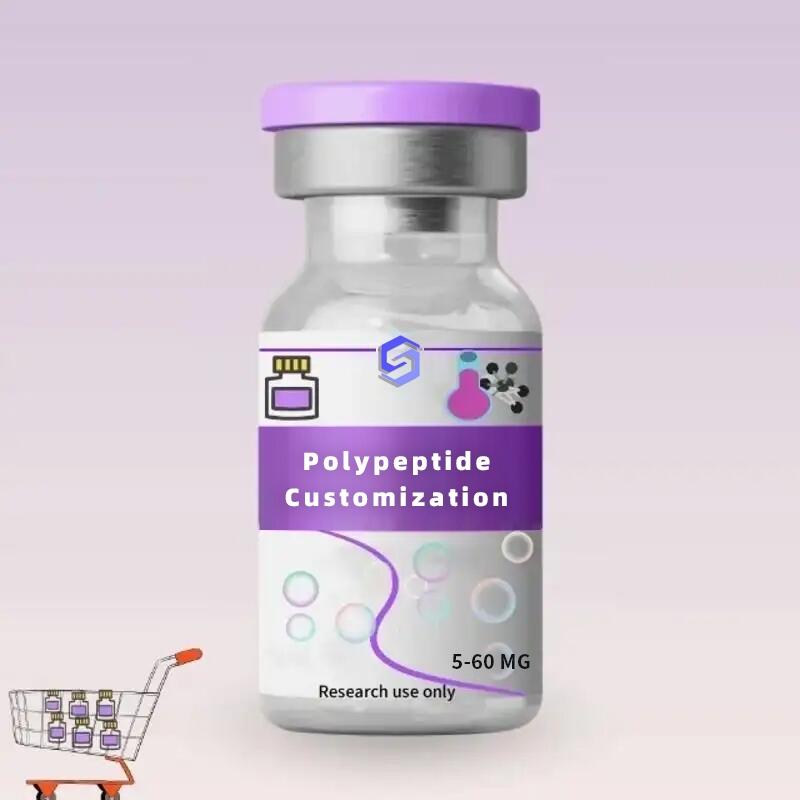-
Categories
-
Pharmaceutical Intermediates
-
Active Pharmaceutical Ingredients
-
Food Additives
- Industrial Coatings
- Agrochemicals
- Dyes and Pigments
- Surfactant
- Flavors and Fragrances
- Chemical Reagents
- Catalyst and Auxiliary
- Natural Products
- Inorganic Chemistry
-
Organic Chemistry
-
Biochemical Engineering
- Analytical Chemistry
-
Cosmetic Ingredient
- Water Treatment Chemical
-
Pharmaceutical Intermediates
Promotion
ECHEMI Mall
Wholesale
Weekly Price
Exhibition
News
-
Trade Service
Ranibizumab is a monoclonal antibody drug used to treat a variety of eye diseases, including neovascular age-related macular degeneration, macular edema following retinal vein occlusion, and diabetic macular edema.
As a chemical product, the production and use of Ranibizumab require strict adherence to safety and quality standards.
In this article, we will explore the instruction of Ranibizumab in the chemical industry, including its chemical structure, synthesis, purification, and storage.
Chemical Structure of Ranibizumab
Ranibizumab is a genetically engineered protein that consists of two identical antigen-binding fragments (Fab) linked by a linker peptide.
The Fab region is responsible for the specific binding of Ranibizumab to the target protein, while the linker peptide helps to maintain the stability of the molecule.
The chemical structure of Ranibizumab is highly complex, and its synthesis requires precise control over multiple steps.
Synthesis of Ranibizumab
The synthesis of Ranibizumab involves several stages, including gene engineering, fermentation, and purification.
First, the genetic sequence for Ranibizumab is engineered into a plasmid vector, which is then introduced into a host cell, such as E.
coli, for expression.
The host cell is then cultivated in a bioreactor, and the expressed protein is harvested and purified.
Purification of Ranibizumab
The purification of Ranibizumab involves a multi-step process to remove contaminants and impurities.
The first step is to remove the host cell debris and denatured protein by centrifugation and filtration.
The next step is to precipitate the protein from the solution using a salt, such as ammonium sulfate.
The resulting precipitate is then dried and redissolved in a buffer, and the protein is further purified using ion exchange chromatography or hydrophobic interaction chromatography.
Finally, the purified protein is formulated into the final product.
Storage of Ranibizumab
The storage of Ranibizumab is critical to maintaining its stability and efficacy.
The drug must be stored at temperatures between 2°C and 8°C (36°F and 46°F) and protected from light.
It is also important to prevent the drug from freezing or exposure to temperatures above 8°C, as this can lead to degradation of the protein.
The vials of Ranibizumab should be stored in a controlled environment, such as a laboratory or pharmacy, and not exposed to direct sunlight or other sources of UV radiation.
Conclusion
Ranibizumab is an important drug for the treatment of eye diseases, and its production requires strict adherence to safety and quality standards.
The synthesis, purification, and storage of Ranibizumab must be carried out under tightly controlled conditions to ensure the stability and efficacy of the drug.
As the chemical industry continues to innovate and develop new drugs, it is essential to understand the complex chemical structures and manufacturing processes involved in the production of these lifesaving therapies.







